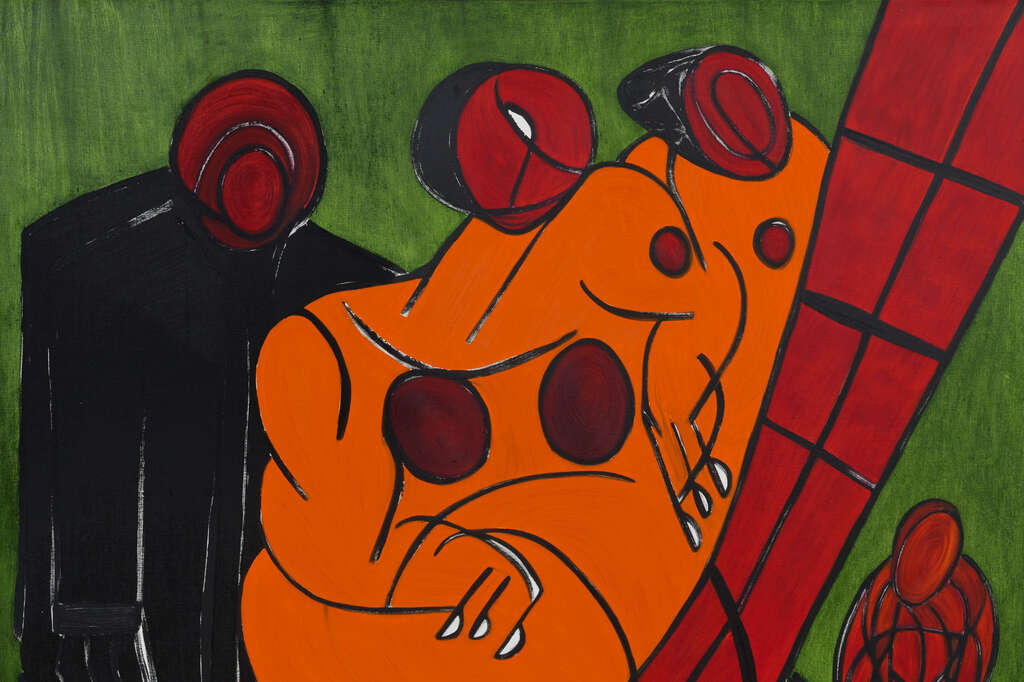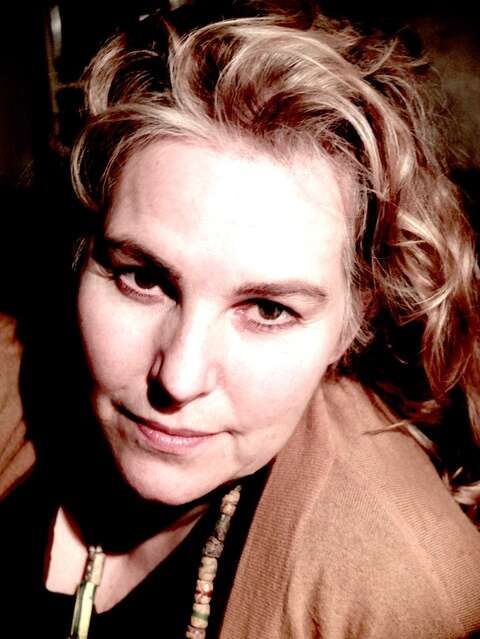Navigate the work of Everlyn Nicodemus through the eyes of Catherine de Zegher, longtime collaborator of the artist and curator, as she reflects on a selection of works from the exhibition Black Bird that have marked the artist's practice through the years.

Everlyn Nicodemus, Silent Strength I, 1989. Courtesy of Amir Shariat.
Her name, her art, her writing, her whole being signify a fascinating but distressing saga of grief, hardship, and trauma, both personal trauma and black cultural trauma, as Everlyn Nicodemus defines it, but it is also a saga of persistence, hope, and survival. As though within her name, her destiny was set to become a victorious artist and writer of and for the people. Nicodemus' insights and emotions prompted the creation of a unique oeuvre encompassing pencil and charcoal drawings, and paintings with warm, vibrant earth colours of amber, dark red, rust, vermillion, brown, orange, and black. In this era of conflicts, significantly, her investigations into trauma and violence over centuries worldwide contributed to our collective consciousness and resulted in a 16-metre-long scroll that was to become one of her crucial works, Reference Scroll on Genocide, Massacres and Ethnic Cleansing (2004). Exhaustively and painstakingly, she researched atrocious genocides and ethnic cleansings known throughout history for which there can finally be no words sufficient to their horror: the ineffable yet the inoubliable (the unforgettable/the never-to-be-forgotten). While Nicodemus’ work emphasizes the limits of visual representation as a tool to truthfully render the terrifying extent of extreme suffering and evil, it equally addresses the challenging experiences and readings of witness and wit(h)ness.

A member of the Royal Academy of Belgium for Science and the Arts, Catherine de Zegher was the Director of the Museum of Fine Arts, Ghent. Before that position, she was the Artistic Director of the 18th Biennale of Sydney and the 5th Moscow Biennale. At the Venice Biennale, she curated both the Australian and Belgian Pavilions. She organised the large-scale exhibition On Line in the Department of Drawings at the Museum of Modern Art, New York. Drawing Through the Twentieth Century. For many years, she was the Director of The Drawing Center in New York. Before she took up her career in North America, she was the Director of the Kanaal Art Foundation in Belgium. She is the curator of many acclaimed historical and contemporary exhibitions, such as America: Bride of the Sun. 500 Years of Latin America and the Low Countries and Inside the Visible. An Elliptical Traverse of Twentieth-Century Art in, of, and from the Feminine; and the author and editor of numerous books, the most recent one, Women’s Work Is Never Done, an anthology of her essays on the work of women artists.